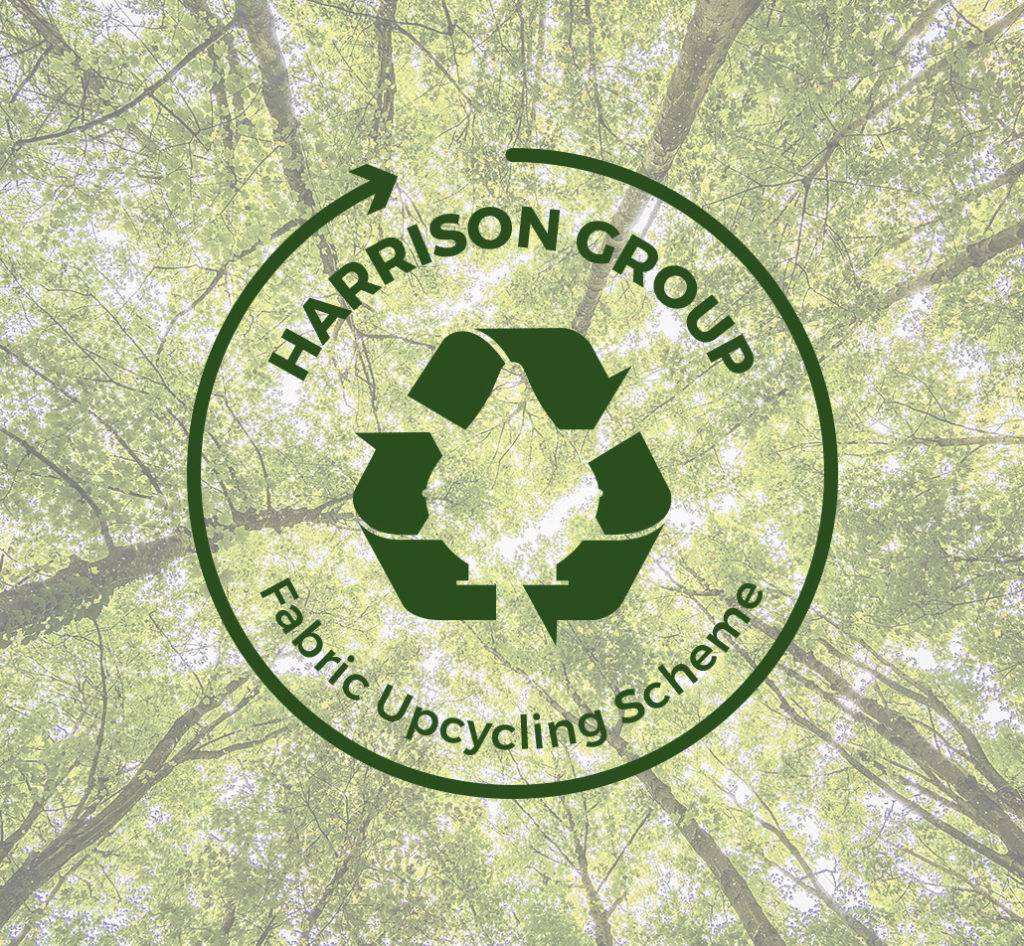Search for...
Why a Plastic Tote Bag May be a More Environmentally Friendly Choice than Cotton
In the past 100 years humans have produced a lot of plastic; it is cheap, strong and very versatile. However, as we become more aware of the adverse effect it is having on our planet and more recently so in the wake of David Attenborough’s Blue Planet II series highlighting the damage plastic is causing to coral and marine life in particular, consumers are considering their options more carefully.
Since 2015 when the 5p charge was introduced for single-use plastic bags, consumers have been making a conscious effort to use what they are told are more environmentally-friendly alternatives which will help them reduce their impact on the planet and, since the charge was introduced, we’ve seen the use of single-use plastic reduce by a massive 86%. Whether it’s a reusable plastic bag for life, a cotton tote or even a paper bag, we’ve seen these bags each pitched as the most environmentally friendly option for consumers to use based on a number of factors. Various studies – or ‘lifecycle assessments’ – have taken place to determine how environmentally friendly each material is based on various impact categories including climate change and ozone depletion, toxicity and water use in production. The findings may surprise you.
In considering factors like how durable the bags are, how much energy is used to manufacture the bags, the ease of recycling and the rate at which it decomposes, a study by the UK Environment Agency found that cotton tote bags needed to be reused 131 times to become as environmentally-friendly as a single-use plastic bag. In other words, a cotton bag would have to be used a whopping 393 times to match the environmentally efficiency of using a single-use plastic bag just 3 times. The production of cotton is a carbon intensive process as it requires lots of land, water, energy and fertilisers to grow and then it needs to be harvested, processed and brought to market.
Whilst plastic, even single-use, has generally fared better in studies, it is not innocent. Scientists estimate that around 8 million tonnes of plastic is entering the world’s oceans each year which continues to pose a massive threat to our ecosystem. It is estimated that one plastic bag will take between 400 and 1000 years to decompose once it enters landfill. With so much waste plastic already in existence, is there anything that can be done to combat this?
The answer is yes. More and more waste plastics are recycled back in to useful products and can also be recycled again and again thereafter – this is how our very own revolutionary flag material Enviroflag™ is produced (find out more here). Whilst cotton bags are made from natural fibres, cotton – even organic cotton – is much more difficult to recycle.
Here at Harrison Creative, we are continuing to minimise our impact on the environment and our aim is that 100% of the fabric we print is either recycled or upcycled.

Recycled – With the launch of Enviroflag – our material made entirely from recycled plastic – in 2019, we have seen a huge increase in the number of customers choosing this environmentally friendly material over the traditional knitted polyester.
 Upcycled – As part of our Fabric Upcycling Scheme, we ask our customers to return used items such as flags, feather flags, scrim and other fabric displays to us so we can transform them into useful items including sports bags and reusable tote bags. Our tote bags, made entirely from the material that’s sent back to us at the end of its life, make an excellent choice as a reusable carrier bag. They are durable and can be used hundreds of times, can be washed easily and you can used it assured in the knowledge that it is made from plastic that would otherwise be treated as waste and end up in landfill.
Upcycled – As part of our Fabric Upcycling Scheme, we ask our customers to return used items such as flags, feather flags, scrim and other fabric displays to us so we can transform them into useful items including sports bags and reusable tote bags. Our tote bags, made entirely from the material that’s sent back to us at the end of its life, make an excellent choice as a reusable carrier bag. They are durable and can be used hundreds of times, can be washed easily and you can used it assured in the knowledge that it is made from plastic that would otherwise be treated as waste and end up in landfill.
When it comes to choosing the most environmentally friendly option, it really comes down to what you care about most and which environmental factors you are most interested in mitigating. Each material has its advantages and disadvantages and unfortunately there is no ‘perfect’ solution. The question to be asked is ‘Which material is the least bad?’.
With options such as Enviroflag and our Fabric Upcycling Scheme available, there are more choices for consumers when they decide to be more environmentally friendly, even when that comes to plastic. If we can avoid waste materials being sent to landfill in the first instance and transform what’s already in existence back into useful items, such as tote bags that will be used time and again by consumers, we can make a difference and help halt the adverse effect humans are having on our planet.
To find out more about our environmentally friendly product range, please click here.
